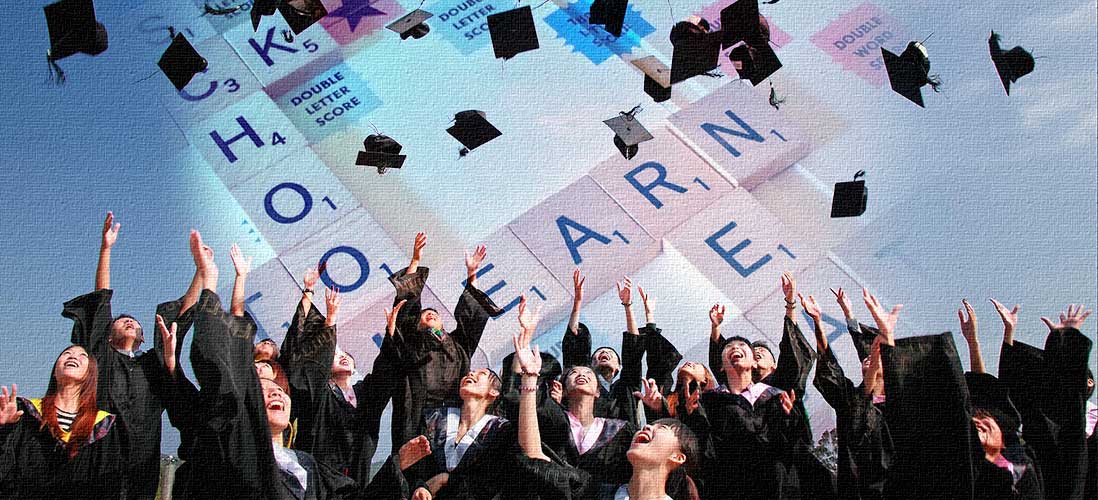Education in india
Education in india is provided by the public sector as well as the private sector, with control and funding coming from the levels; Central state and local under revision articles of the Indian constitution, free and compulsory education is provided as a fundamental right to children between the ages of 6 and 14. The ratio of public schools to private schools in India is 7:5.
Indian At the primary and secondary level, India has a large private school schools , with 29% of students receiving private education in the 6 to 14 age group. The private education market in india had a revenue of US $450 million in 2008,but projected to be a Us @40 billion market.
As per the Annual status of Education Report (ASER) 2012,96.5% of all rural children between the ages of 6-14 were enrolled in school. Another report from 2013 stated that there were 229 million students over 2002 total enrollment, and a 19% increase in girls enrollment. In India’s higher education system a significant number of seats are reserved under affirmative action policies for the historically disadvantaged Scheduled castes and Scheduled Tribes and other backward classes. In Universities, colleges, and similar institutions affiliated to the federal government, there is a maximum 50% of reservation applicable to these disadvantaged groups, at the state level it can vary.
Midday meal Nutrition scheme
The midday meal scheme is a school meal programme of the Government of India designed to improve the nutritional status of school age children nation wide serving free lunches on working days for 1,20,000 for children in primary and upper primary classes of government aided in over 1,265,000 school and Education Guarantee scheme centers. It is the largest such programme in the world.
Levels of schooling , classified as preprimary education, i.e, Nursery, LKG, UKG. Primary education: Education also been made free for children for 6 to14 years of age or up to VII under the right of children to Free and Compulsory Education Act 2009. Secondary education: Secondary education cover children ages 14 to 18 a group comprising 8.85 crore children avading to 2001 Census of India. UGC, NCERT, CBSE, ICSE directives state qualifying ages for candidates who wish to take board exams.
Types of schools
Majority of the students study in the government schools where poor and vulnerable students study for free until the age of 14. A Education ministry data, 65% (113 million) of all student in 200 states go to government schools. These include school runs by the State and local government as well as the Central government. Currently running Government aided private schools, Private schools, International schools. Higher education: Student may opt for vocational education or the university education. University education: As of 2012, India has 152 Central universities, 316 state universities; and 191 private universities. Other institutions include 33, 623 colleges, functioning under there universities and institutions.
Technical education
In addition to above institutes , Technical education five-year plan onwards, At the federal level the Indian Institutes of Technology, the Indian Institute of space science and Technology, the National institute of Technology and Indian institutes of information Technology are deemed of national importance. Open and distance learning educational level, Indira Gandhi National open university (IGNOU) co-ordinates distance learning.
Women’s education
Women have a much lower literacy rate than men. By 2001 literacy for women had exceeded 50% of the overall female population, through these statistics were still very low compared to world standard and even males literacy with in india.
Corruption in education
Corruption in India is considered as one of the major contributors to domestic black money.
Grade inflations
Grade inflation has become as issue in Indian secondary education. In CBSE, a 95% aggregate is 21 times as proculent today as it was in 2004, CBSE called a meeting of all 40 school boards early in 2017 to urge them to discontinue artificial “ spiking of marks “ .CBSE decided to lead by example and promised hot to inflate its results.
Legislative frame work
Legislative frame designed in Government to provide free education to primary education children.
